Orthopedic casts have long been synonymous with healing—but also with discomfort, inconvenience, and environmental waste. Traditionally bulky, itchy, and single-use, they’ve remained largely unchanged for decades. Today, however, a new generation of designers is applying systems thinking, material innovation, and user-centered design to rethink this essential healthcare tool.
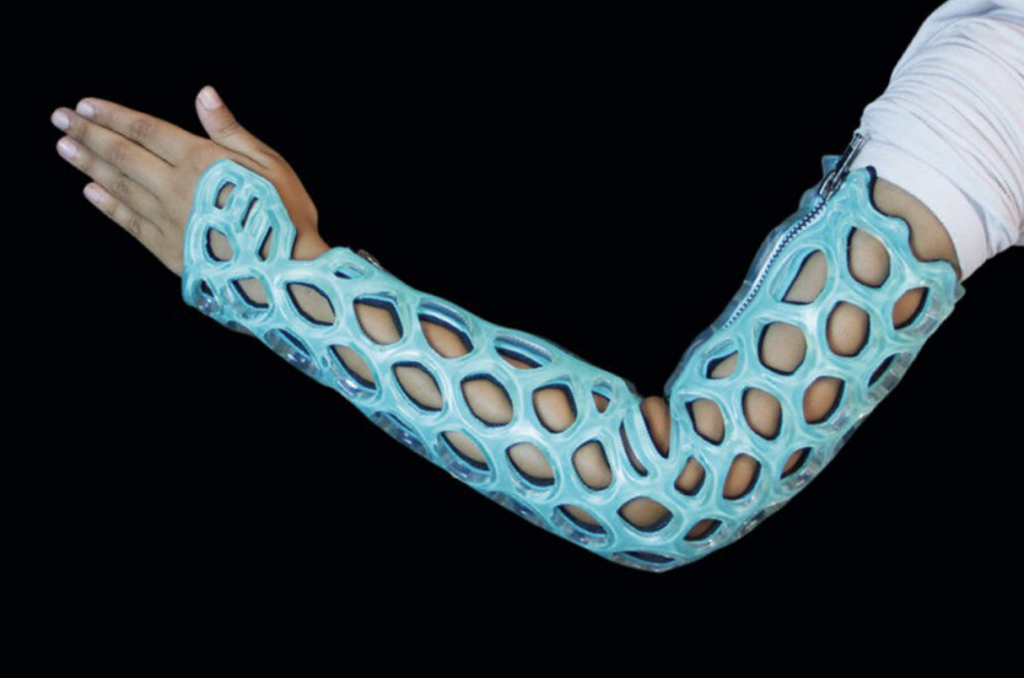
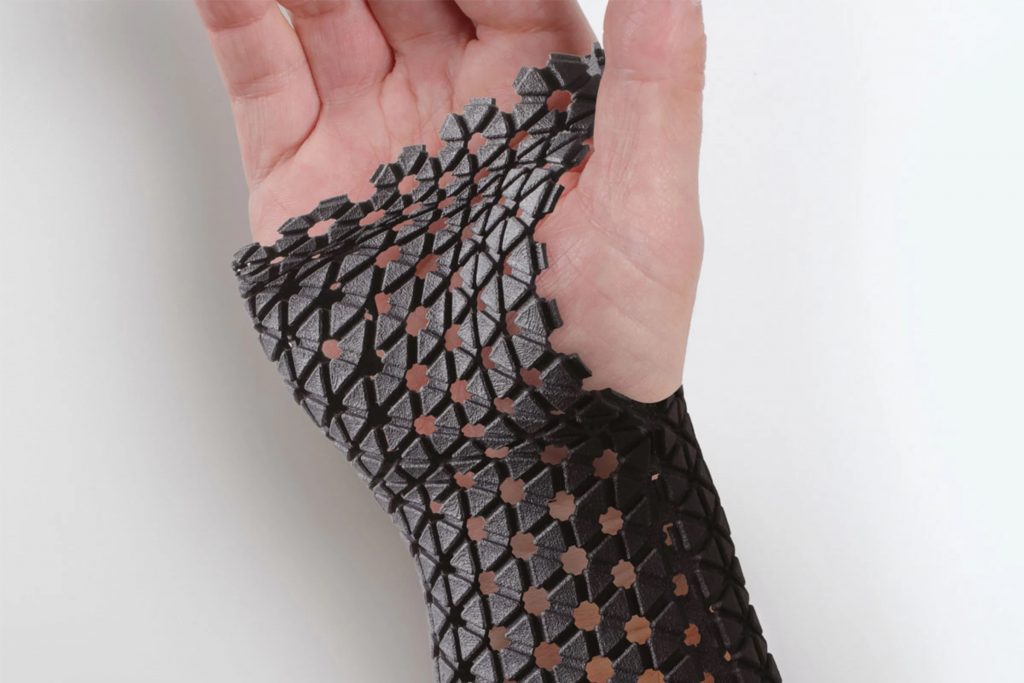
AXO by Aadhya Krishna, Tri Duong and Jiayi Zheng
At California College of the Arts, industrial design student Aadhya Krishna, along with teammates Tri Duong and Jiayi Zheng, set out to address a pressing but often overlooked issue in global healthcare: the environmental and social drawbacks of conventional medical casting. Their concept, AXO, is a 3D-printed orthopedic cast system made from plant extracts, recycled food waste, and bio-resins—a solution aimed at minimizing waste while maximizing comfort and usability. The project was awarded the Gold Prize for Design for Society at the International Design Awards, underscoring its significance not just as a product, but as a socially conscious ecosystem.
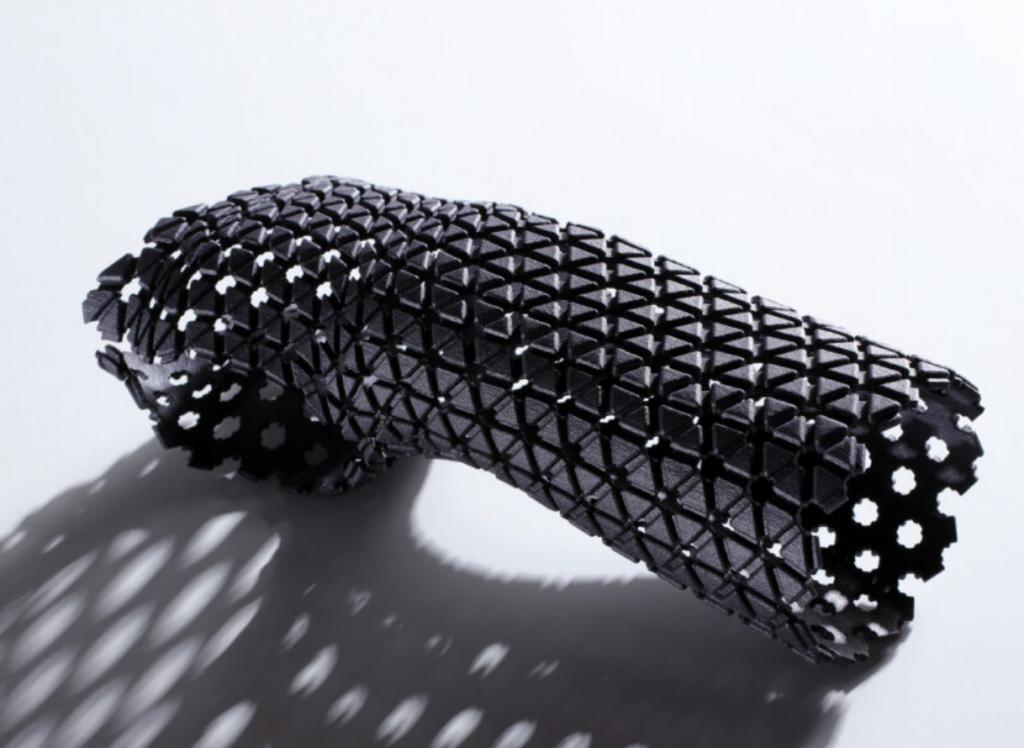
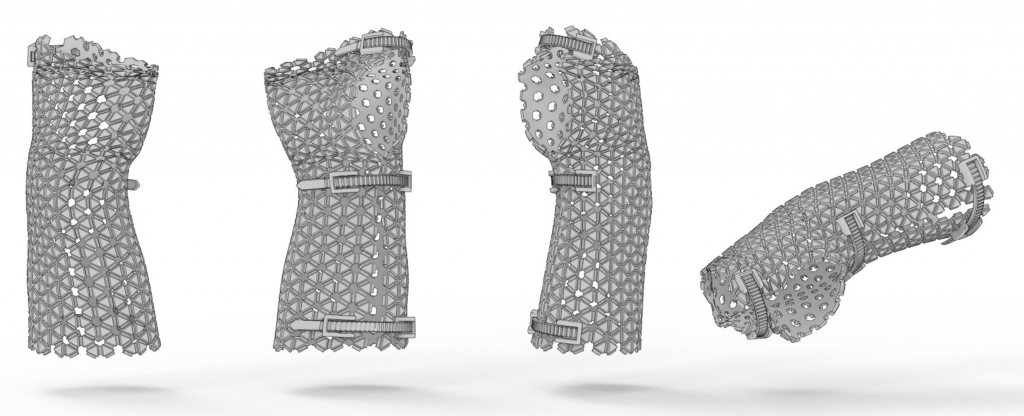
AXO by Aadhya Krishna, Tri Duong and Jiayi Zheng
Krishna’s research included direct input from patients who had experienced long-term casting. Many cited common complaints: excessive sweating, persistent odor, itching, and general discomfort. These insights informed the AXO design, which emphasizes breathability, adjustability, and a lightweight form that conforms to the user’s body. Beyond its functional benefits, AXO was created to be recyclable and reusable, setting a new standard for sustainable medical equipment.
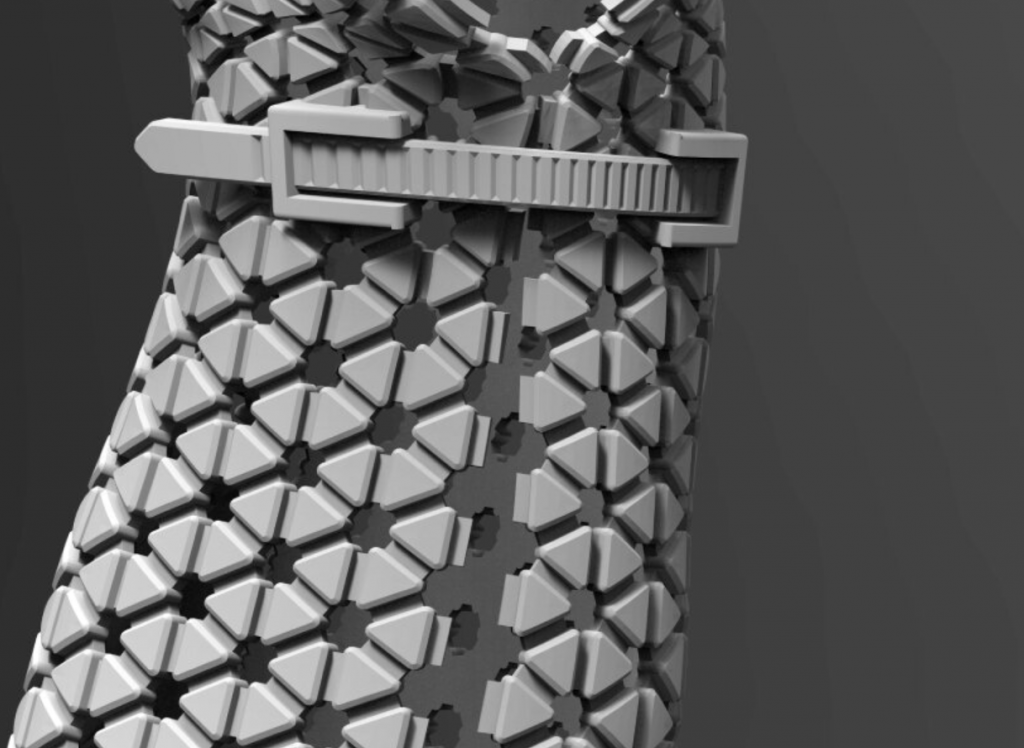
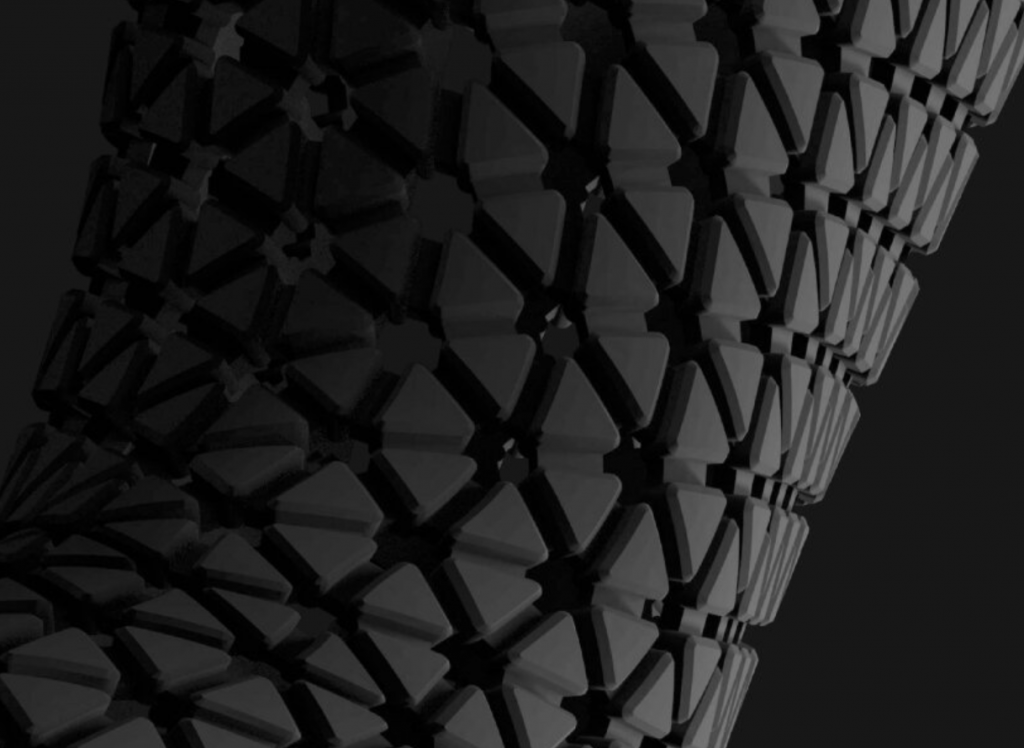
AXO by Aadhya Krishna, Tri Duong and Jiayi Zheng
The structural design of the cast was equally considered. After testing various geometric patterns, the team selected a triangular lattice for its optimal balance of strength, flexibility, and structural integrity. In doing so, AXO demonstrates how material science and thoughtful form-making can work in tandem to elevate both patient experience and environmental responsibility.
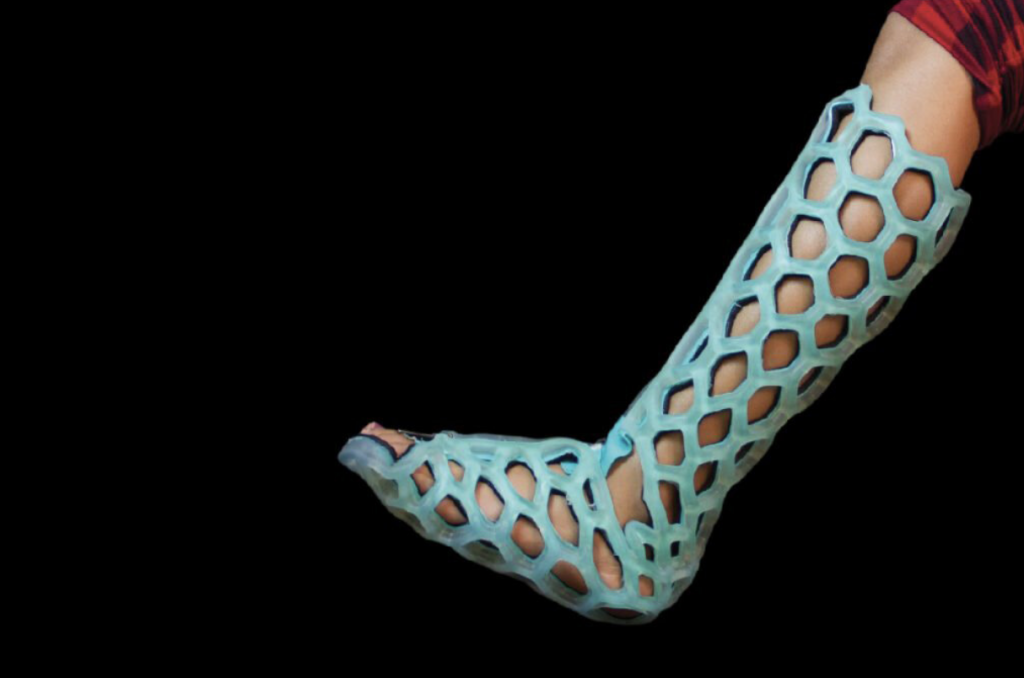
FlexiOH by Orthoheal (also header image)
If AXO is a response to the ecological footprint of traditional casts, FlexiOH addresses the challenge of physical discomfort and lifestyle disruption. Developed in 2014 by an interdisciplinary team at India’s School of International Biodesign (SiB), and now commercialized by Orthoheal, FlexiOH is a washable, breathable, and waterproof orthopedic immobilizer that prioritizes ease of use and patient autonomy. By replacing the rigidity of plaster with a perforated, flexible foam structure, the device offers a clinically effective and user-friendly alternative to the conventional cast.
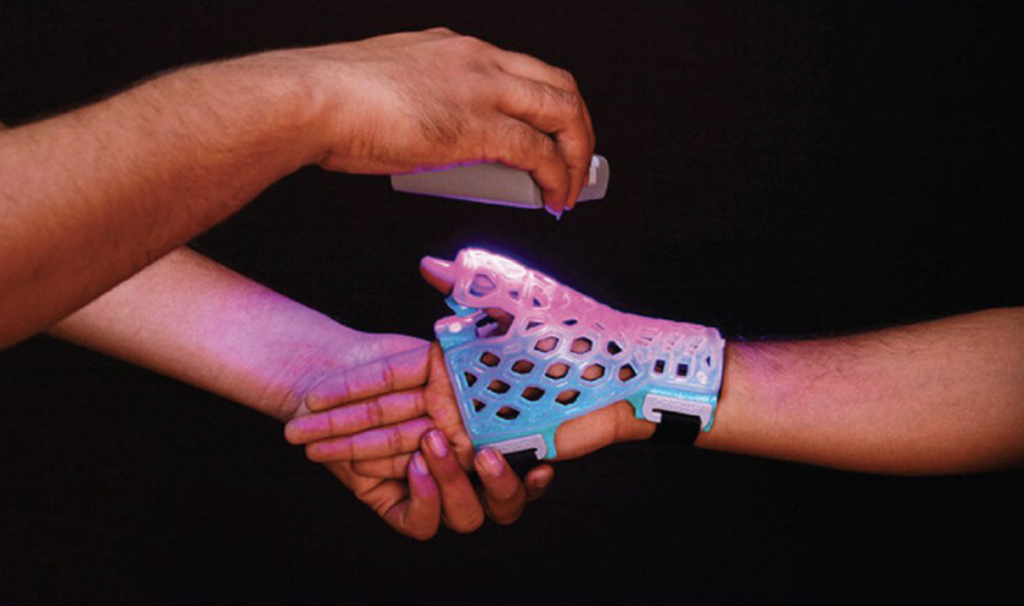
FlexiOH by Orthoheal
FlexiOH is made from biocompatible foam with interior padding that promotes airflow and evaporates moisture on the skin. Once applied to the affected limb, the cast is cured using UV light, hardening the outer shell in just 3 to 10 minutes depending on the size of the immobilizer. This not only speeds up the application process but also eliminates the need for cast saws during removal—a common source of patient anxiety and accidental injury.
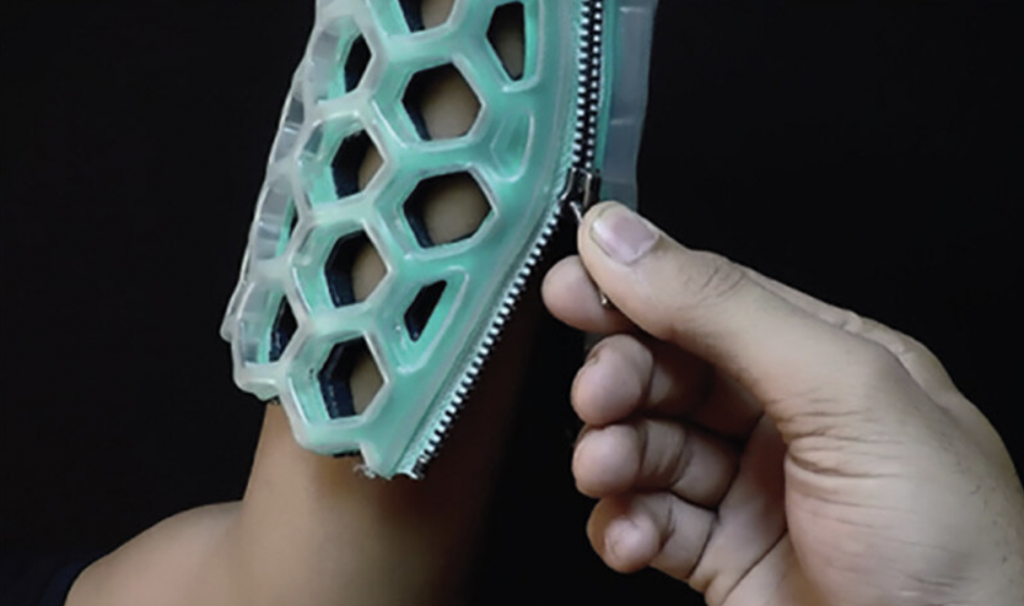
FlexiOH by Orthoheal
Perhaps most compelling is FlexiOH’s compatibility with daily life. Its waterproof and ventilated design means that users can shower, swim, and go about everyday activities with minimal disruption. With its zipper-based removal system, the device also puts an end to the destructive removal process typically associated with traditional casts.
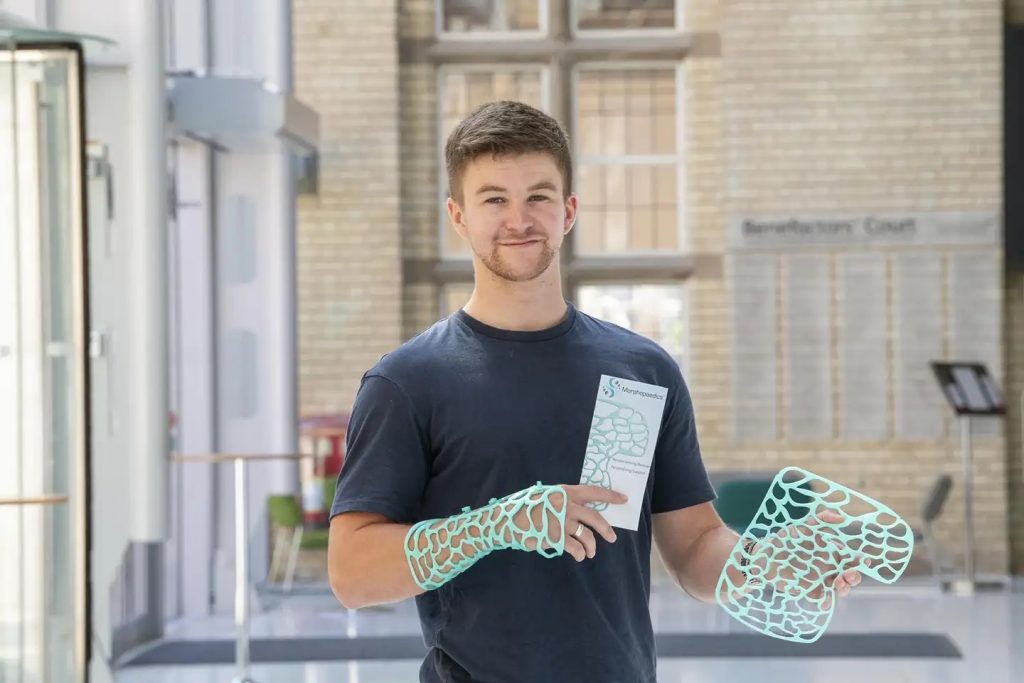
Morphopaedics by Jake Inglis
Personal experience often inspires the most insightful design, and that is certainly the case with Morphopaedics, a project by Nottingham Trent University product design student Jake Inglis. After sustaining a spinal fracture at age 17, Inglis spent months immobilized in rehabilitation, which gave him first-hand insight into the shortcomings of standard orthopedic treatment. His response is Morphopaedics: a fully personalized, injection-molded cast that evolves alongside the patient’s healing process.
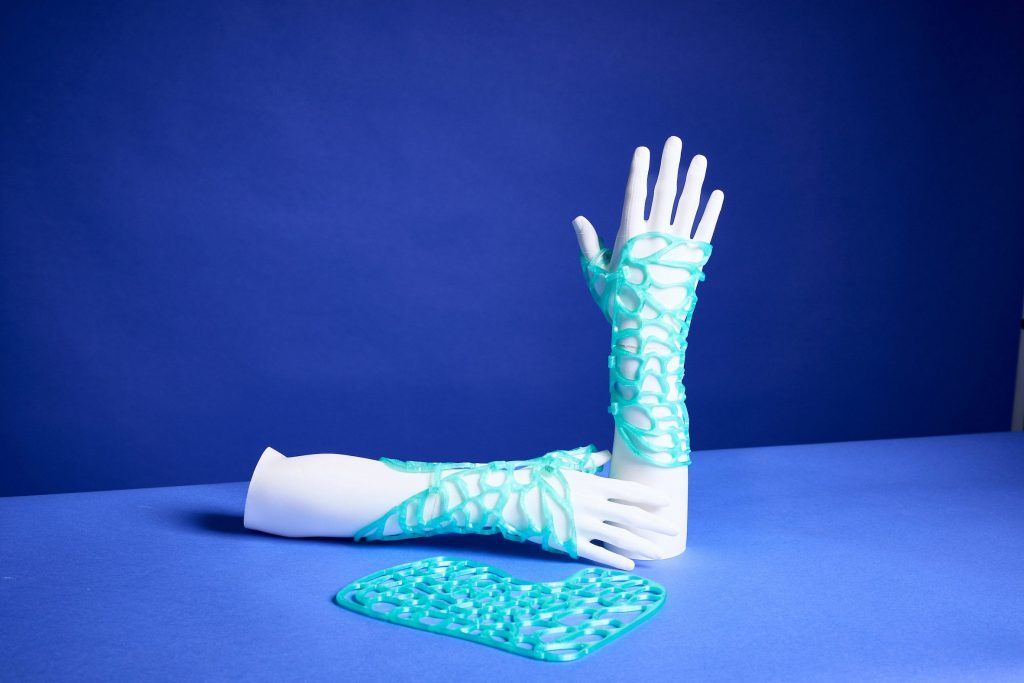
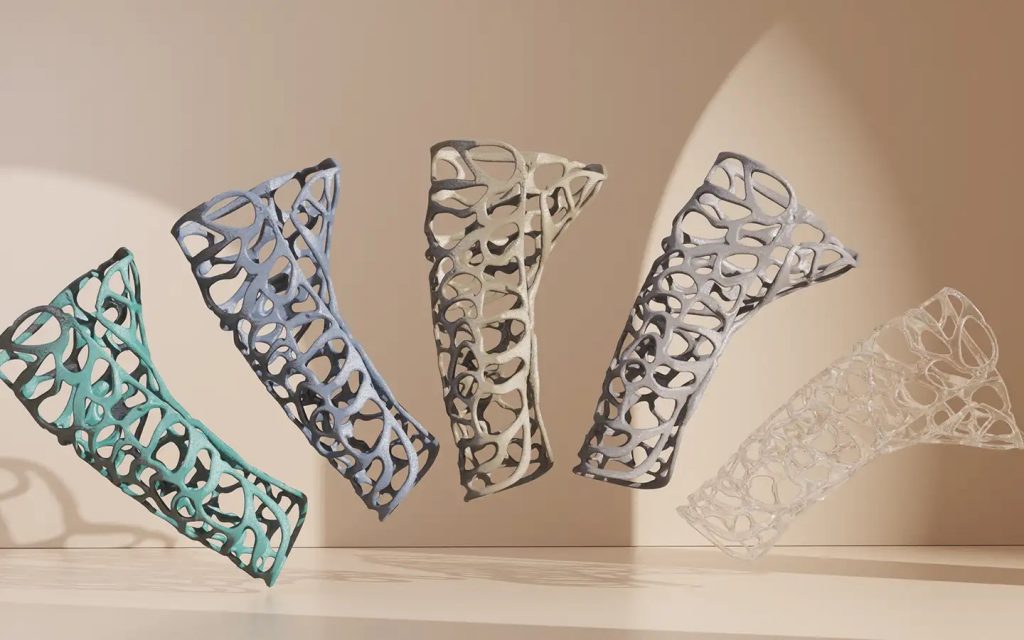
Morphopaedics by Jake Inglis
Designed with lightweight, biocompatible materials, Morphopaedics is breathable, radiolucent (allowing for X-rays without removal), and adjustable to accommodate swelling changes over time. Its open lattice design improves airflow and skin health, while micro-adjustable fasteners accommodate swelling and anatomical changes—something static casts cannot achieve.
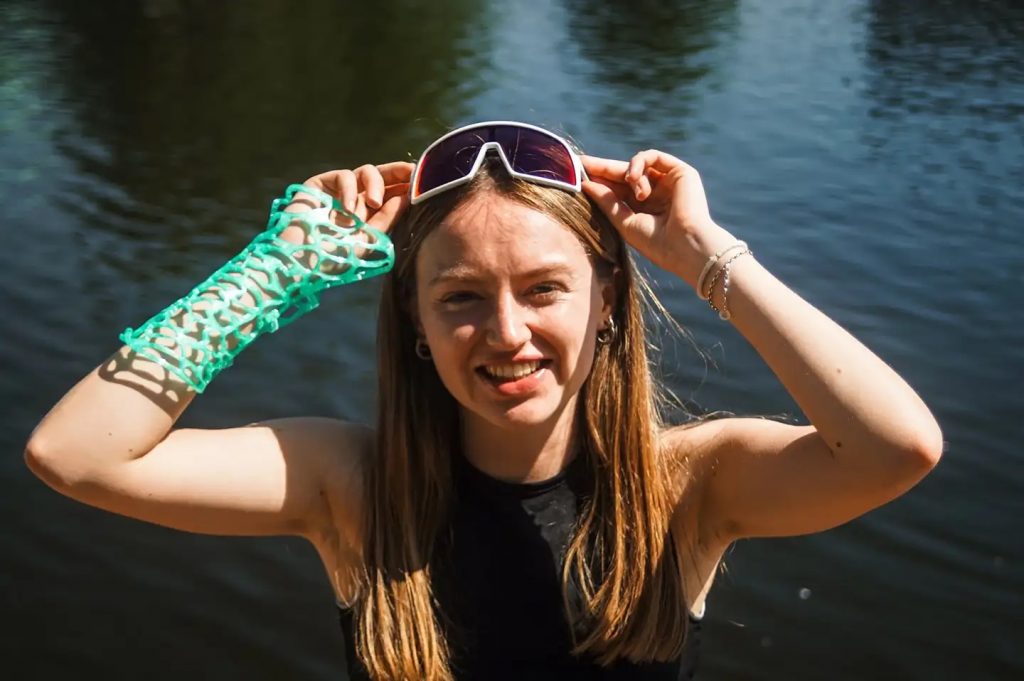
Morphopaedics by Jake Inglis
The design supports both clinical and emotional well-being, offering flexibility without compromising on protection. This flexibility not only enhances comfort but also supports more responsive care during the critical early stages of healing. The cast can be removed and disposed of by the patient without professional assistance – streamlining care and reducing pressure on healthcare systems such as the NHS.
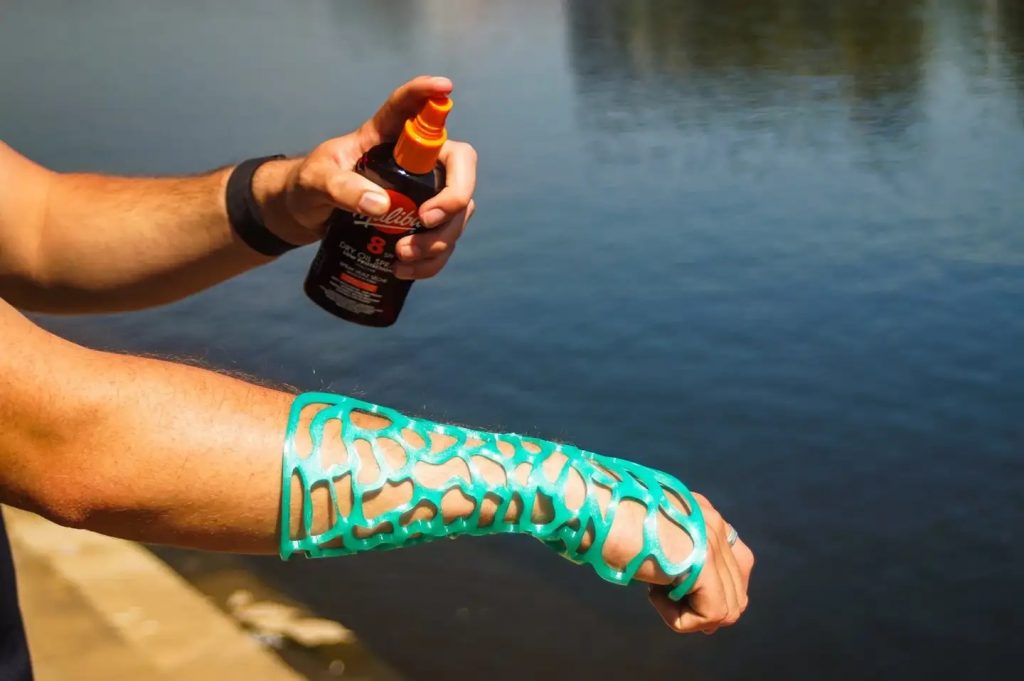
Morphopaedics by Jake Inglis
Beyond its structural innovations, Morphopaedics is designed to integrate into everyday life and modern clinical workflows. It is water-resistant, allowing patients to bathe without risk of damage, and can be applied or removed without saws or specialist tools, improving both safety and efficiency. The cast is also compatible with physiotherapy technologies such as TENS (Transcutaneous Electrical Nerve Stimulation) and LIPUS (Low-Intensity Pulsed Ultrasound), facilitating earlier mobility and reducing total recovery time. By blending technological precision with empathetic design, Morphopaedics demonstrates how personalized care can be made accessible, efficient, and humane.